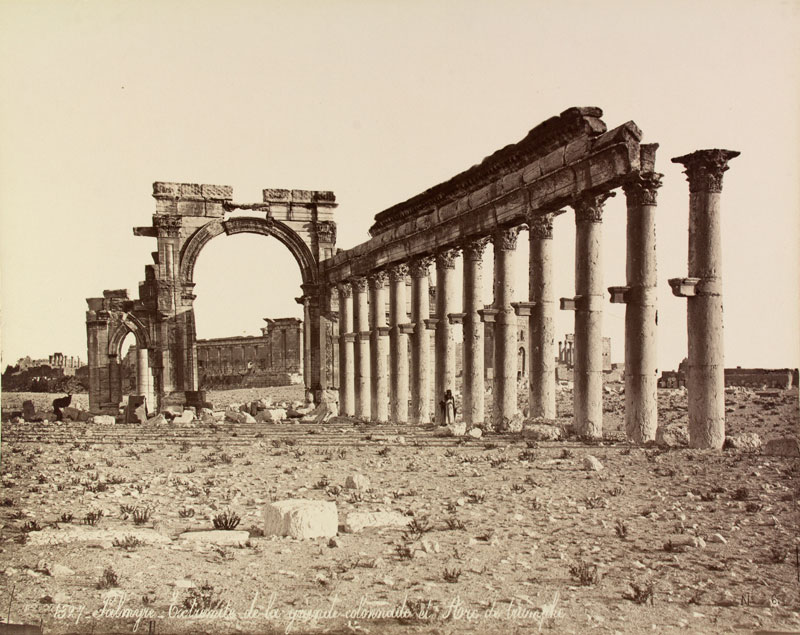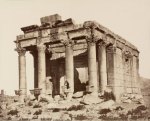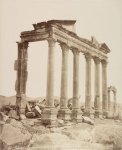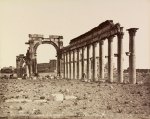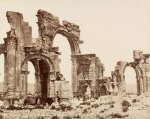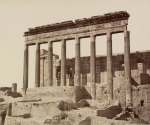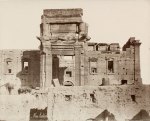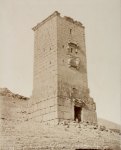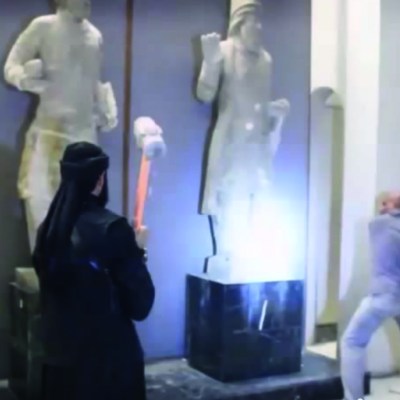Last month, ISIS seized the ancient town of Palmyra in Syria – a site of immense historical importance and real contemporary value as a focus of both tourism and national pride. Although reports so far suggest it is still standing, the militants’ track record in northern Iraq leaves little cause to be optimistic. ISIS’s occupation, looting and destruction of historic sites is one of the biggest crises facing world heritage today – and one which the global community seems all but powerless to stop.
But it can respond: one way to counter cultural destruction in the Middle East is to foster international awareness and appreciation for what is at stake, and to celebrate the ancient artefacts that survive in collections across the world. This week, the Smithsonian brought the ‘Haliphat’ – an important sculpted bust from Palmyra – out of storage for the first time since 2006, and put it on display alongside a series of 18th-century engravings and 19th-century photographs that attest to the beauty and significance of the city.
The display, at the Smithsonian’s Freer Gallery of Art and Arthur M. Sackler Gallery, will be on indefinitely.
Related Articles
Editor’s Letter: The cultural desecration of Iraq
The destruction of Nimrud is a crime against humanity
Can Iraq’s Antiquities be Saved? Interview with Mark Altaweel
